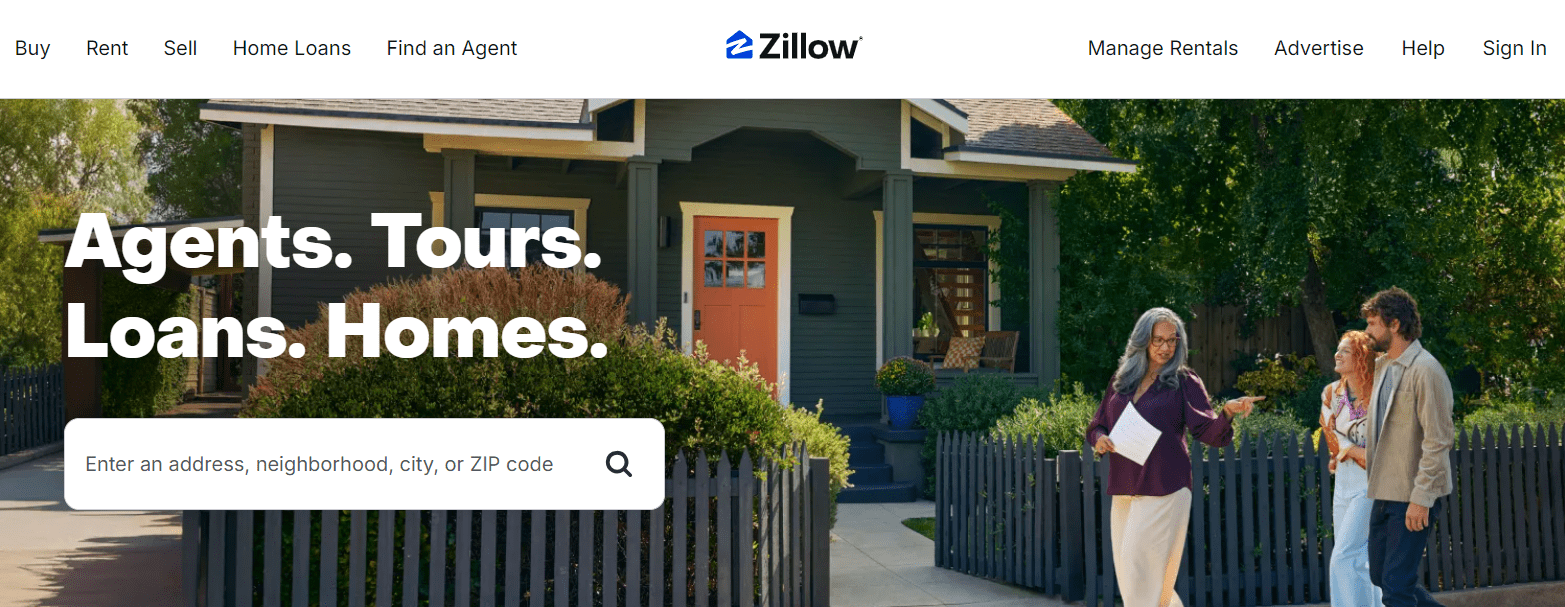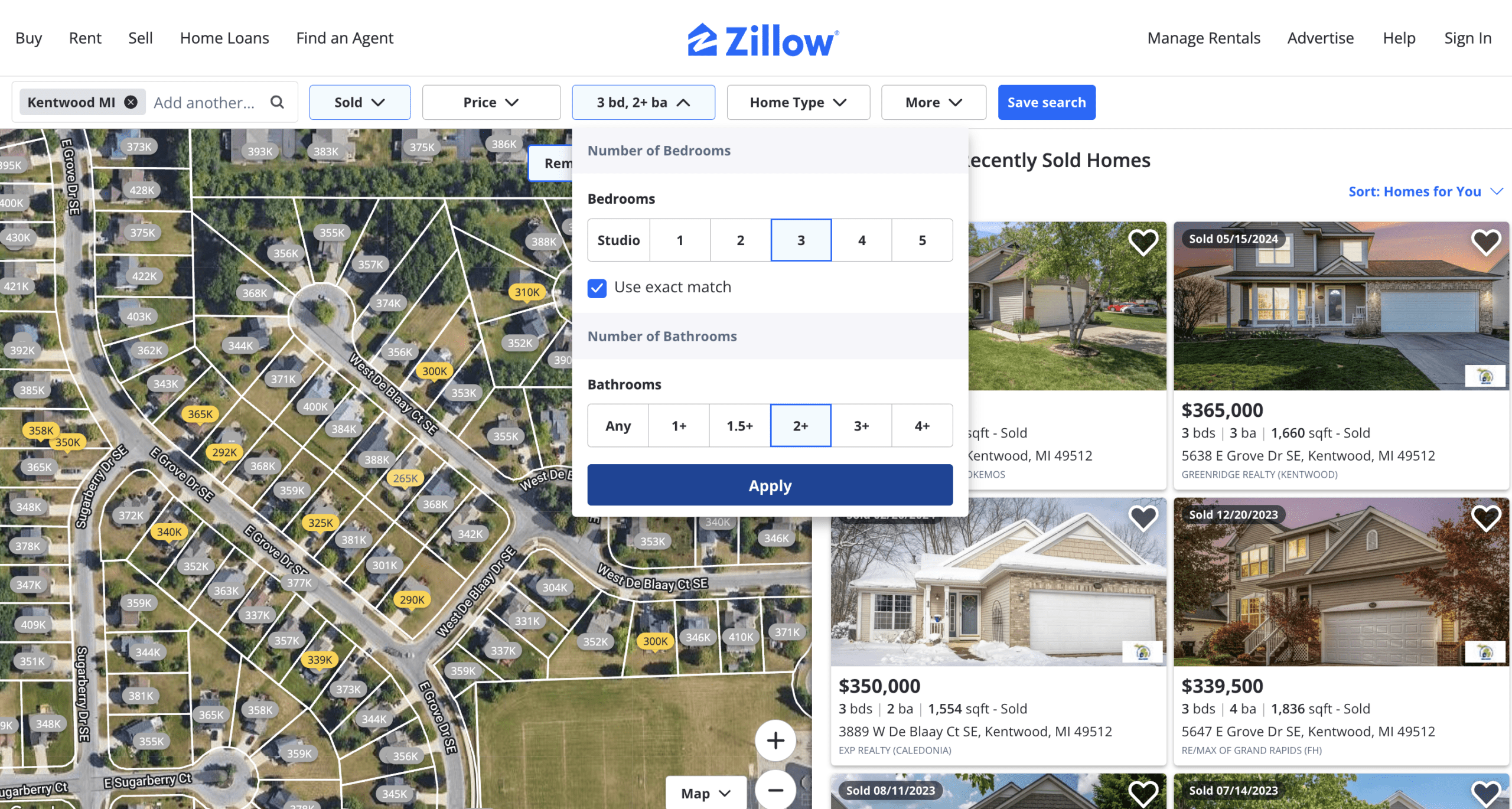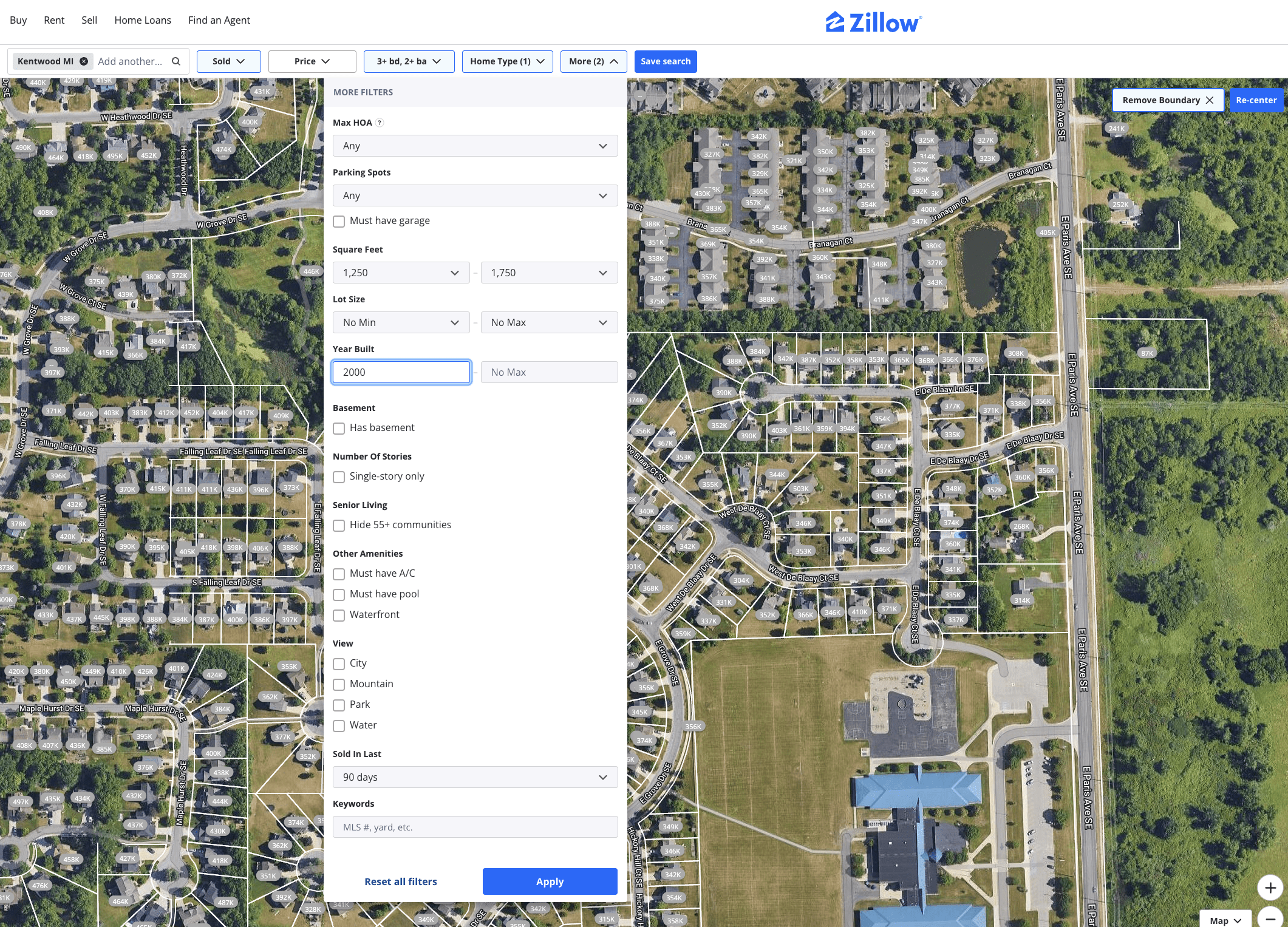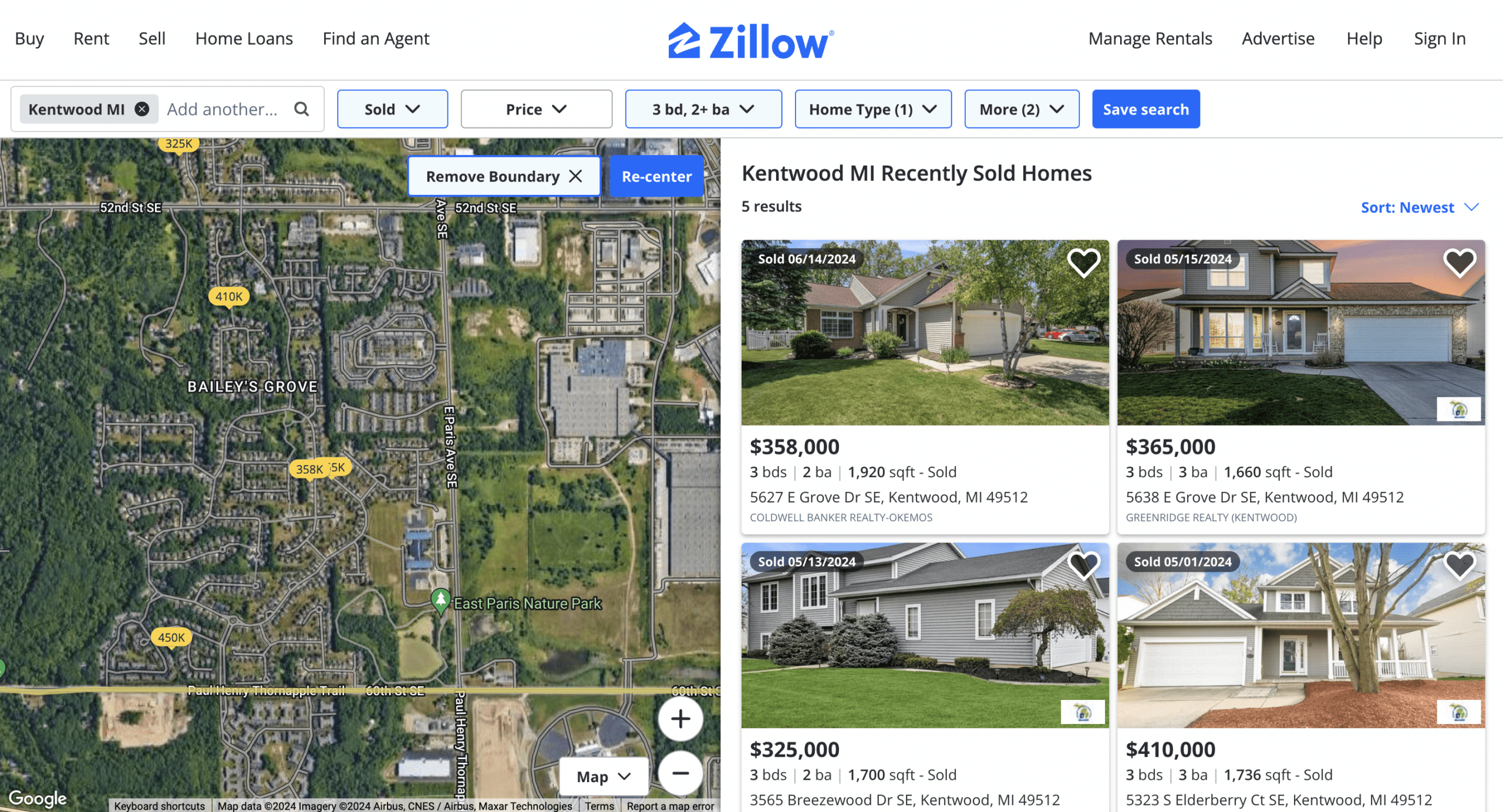Real estate agents compile stats on similar houses by pulling information from the multiple listing service (MLS), which they use to create one large, comprehensive overview report. This report can then be shared with sellers to answer any questions about pricing or how a suggested sale price was selected.
Rich-Soto says that while CMAs can be used as a pricing framework, they aren’t an exact science, and a Realtor should always visit a property in person before pricing it to see its current condition.
“You can have two houses, and one can be in really amazing condition and fetch a really high price and the next-door neighbor could have the exact same floor plan and have let their house go to pot, and guess what? They’re going to have a much lower sale price, even in this market.”
Can you perform your own comparative market analysis?
Note: Not all states publicly disclose recently sold home prices. If you live in a non-disclosure state and hope to find the sold price of a home to create a CMA, you’ll have to ask the seller or work with a real estate agent who can access this information.
We sat down with a licensed real estate agent and asked him how he would run a CMA without the tools of a real estate agent. This is how he walked us through the process.
For example, let’s say you want to sell a three-bedroom, two-bathroom, 1,500-square-foot single-family home in a suburb of Grand Rapids, Michigan.
1. First, go onto Zillow’s website. Then, search your home’s address. (Exit out of the page that pops up, including your home value, details, etc.)

2. Next, go to the top display bar, select “Sold” on the left-hand side, and hit “Apply.”

3. Then, select “Beds and Baths” from the top display bar, select the same number your house has (for this example, three bedrooms and two bathrooms), check the box for “Use exact match,” and hit “Apply.”

4. Next, click on “Home Type” in the top display bar, choose the type of home you have, and select “Apply.”

5. Now, go under “More” and select any similar features to your house. For example, enter your home’s square footage range, lot size, the year it was built as a minimum, and if your home has a garage, etc. At the bottom of this tab, click on the drop-down menu called “Sold In Last,” and select 90 days (or shorter) to get the most up-to-date sale prices.

6. After hitting “Apply,” outcomes for “Recently Sold Homes” will appear on the right side of the screen.

Pay close attention to the number of beds, baths, and square footage in each comparable house. The more similar those numbers are to yours, the better. Also, aim to find homes that sold as recently as possible.
Select the homes nearest yours and see when and what they sold for. If possible, limit your search to houses within a mile of your home. You need three or four similar houses to make your comparative market analysis report. If you don’t see many results, you can always expand your parameters.
Once you have three or four homes, you can create a price range. Using this example, similar homes in the area have sold anywhere from $325,000 to $410,000.
Another option for getting a real-world home value estimate in less than two minutes is through HomeLight’s Home Value Estimator tool. This free tool uses your property information and local housing market data to deliver an estimated home value. While an Automated Valuation Model (AVM) is a great tool for providing a ballpark estimate of your home’s current value, running a reliable CMA or getting an appraisal remains the most accurate, stat-backed way to figure out your home’s worth.
